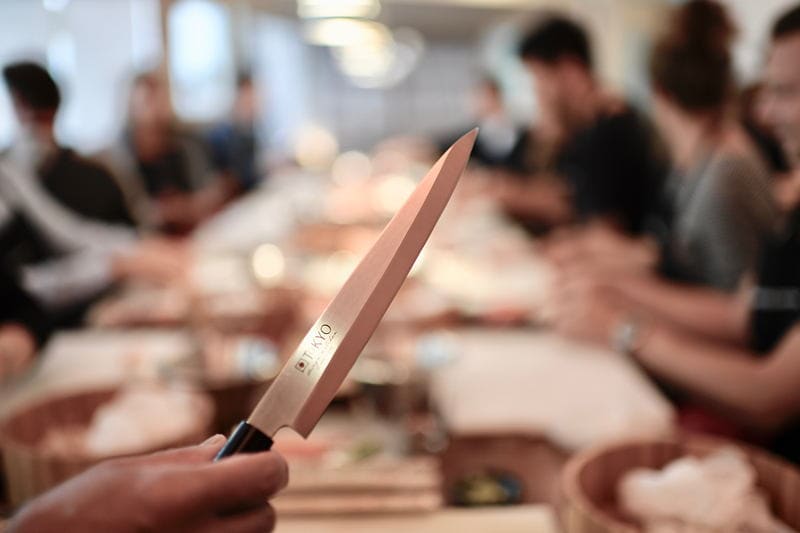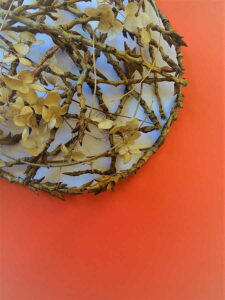In loose succession, we report in our SUSHIYA blog on the subject of Japanese knives and cutting techniques and thus accompany our Sushi course for advanced, which will be held for the first time in March 2018. This is the second part, the first was Japanese knives and cutting techniques - an introduction. The series will be continued and supplemented.
JAPANESE KNIVES & CUTTING TECHNIQUES - TASTE THROUGH CUTTING
In most kitchens, the chef will bring out the flavor of a product primarily through the form of cooking and seasoning.
In Japanese cuisine, however, you can always find that just cutting the ingredient is supposed to "tease out" the flavor.
This is difficult to imagine for the connoisseur and connoisseur of Western cuisine. But everyone can easily try it for themselves: Take a piece of fish of the best quality (e.g. salmon or tuna, but any other fish will do). Cut three slices: once horizontally parallel to the cutting surface, once with the grain, once across the grain. Place a small shallow bowl of Soy sauce ready. Now pull each of the prepared slices briefly through the sauce and you can already see visually that the sauce once only covers the surface wafer-thin, penetrates into the lamellae or the largest part immediately rolls off again. The surface of the fish varies depending on the cut, and so does the sensation on the tongue - which is precisely where the receptors for taste are located.
Apart from the fact that in Japanese cuisine everything is always cut into bite-sized pieces to make it easier to handle with chopsticks, ingredients whose flavor is very delicate often have their surface area increased by making appropriate fine cuts. An example of this is squid (ika 鰞). The consistency of ika without such chasing is almost rubbery in the mouth.
If strips are chiseled, this already changes - and more of the surface is wetted with soy sauce. With the more elaborate cross-cut, of course, this effect is amplified and the mouthfeel changes once again both in terms of consistency and taste, because more surface also means more soy sauce sticks there.
For fish comparable to German pike, which have an incredible number of fine bones that cannot all be removed, the surface is chiseled with fine parallel cuts so that the bones no longer interfere with eating. For example, there is a knife especially for preparing the eel variety "Hamo" (鱧), the Hamokiri Bōchō.
Got a taste for it? Then look in again soon. In the next part you can see how to work with traditional Japanese knives.







